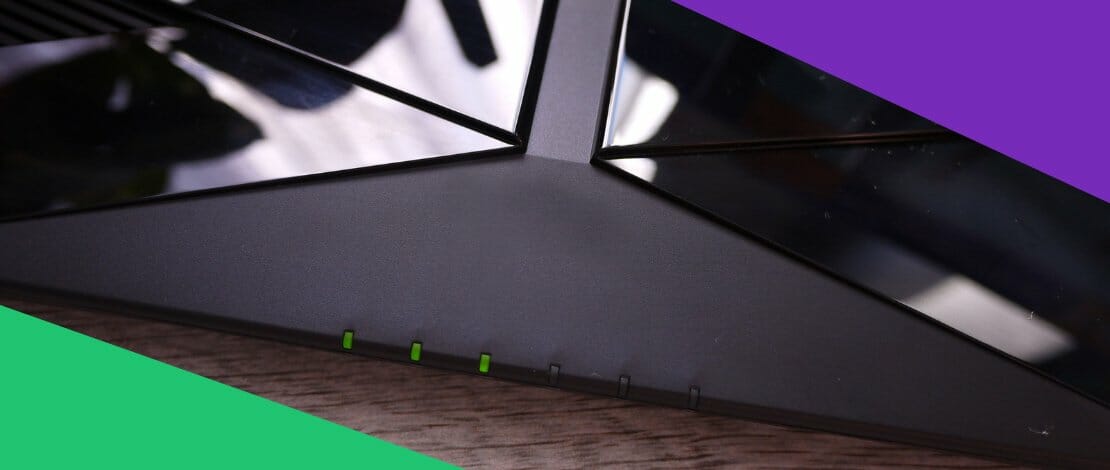Wi-Fi 5 Vs Wi-Fi 6 – How Much Better Are Newer Wi-Fi Generations?

Wireless communication is very important for our generation. We use wireless devices, from smartphones, laptops, to appliances and even musical instruments, to communicate, do daily chores and even entertain ourselves. A consumer can only do so much to boost their wifi speed, without upgrading or purchasing newer equipment.
Behind the scenes, the Wi-Fi Alliance is working on making wifi better, faster, safer and more stable. With the addition of wifi 6, otherwise known as 802.11ax, devices capable of meeting that certification have become much better at wireless communication.
Yet that does not explain what wifi 6 is and how much better it is compared to wifi 5. Following is a detailed explanation of wifi standards, particularly Wi-fi 5 vs Wi-fi 6.
Wifi 5 and Wifi Standardization Explained
When multiple devices do a similar thing, yet they come from a different manufacturer, or in the case of wireless devices, a plethora of companies, they have to meet some standard in order to be able to communicate with other devices.
Wireless communication for most consumer-grade devices uses wifi, or wireless fidelity, which has been standardized since 1999, getting names like 802.11 and a letter or two attached to it, which has to do with IEEE standardization. In 2018, though, the Wi-Fi Alliance added generational numbers to further elaborate and simplify which devices support which IEEE standard.
Wifi 4, 5 and nowadays, 6, have great backwards compatibility, meaning that they can communicate with older devices, and better than the older devices were able to.
Wifi 5 Changes and Improvements
Wifi 5 helped stability and performance for multiple users connected to the same access point. Released in 2013, at least the Wave 1 of 802.11ac supported 5GHz communication, for a higher data throughput, up to a theoretical 3.5 Gbps. The standard was updated in 2016, with Wave 2 devices, which added MU-MIMO support.
MU-MIMO stands for multi-user, multiple-input, multiple-output and is used to connect multiple users to a single access point, without sacrificing speed or quality of connection. Wave 2 devices also increased the throughput of data, getting nearer that 3.5 Gbps number.
The most notable change apart from MU-MIMO is the 5GHz band, which Wifi 5 devices use. The 2.4 GHz standard which has been used since 1999 is cluttered with all sorts of devices. Phones, headphones, laptops, peripherals, and even appliances use the 2.4 GHz band, which causes interference.
The 5GHz band solves this, by allowing more data in a less cluttered band, albeit sacrificing range. However, newer long-range routers can help even in the 5GHz band. Given that most people have an internet connection under 100 Mbps and that even the theoretical maximum of Wifi 5’s throughput is unlikely to be reached, what does Wifi 6 offer?
Wifi 6 – More than Just Speed
Speed in wifi communication is required when one has a gigabit or 10 Gbps fiber optic connection, but for most people who use under 100 Mbps, Wifi 6 has other benefits. Wifi 6, released in 2019, is also known as High Efficiency Wi-Fi, because it has a throughput improvement of around 400% compared to Wifi 5. It also minimizes latency, up to 75%.
Wifi 6 is meant for high-density communication where there is plenty of interference, such as offices, shopping malls and urban areas, in general. This is done through MU-MIMO and OFDMA. OFDMA is a method of assigning users Resource Units, so that all users can have the same number of resource units.
This is beneficial with even a single router/access point, let alone an entire network. There are even affordable routers with Wifi 6 certification, making the process of upgrading easier on everyone.
Wifi 6 Vs Wifi 5 – Should You Upgrade?
Wifi 6 has many benefits compared to Wifi 5, particularly if one lives in an already congested area where the 2.4 GHz band is over-saturated. Even Wifi 5 routers can add the 5 GHz band, but Wifi 6 can help with congestion in a single network. Most modern households have at least a couple of smartphones, laptops and even a TV connected to wifi, leading to possible congestion. Wifi 6 equipment can help stabilize the network.
On the other hand, if you mainly have two wireless devices, neither of which requires a lot of bandwidth simultaneously, upgrading to a newer standard is not necessary. Wifi 6 devices, however, come with newer firmware, which have security patches among other things, leading to a safer wifi environment.
Wifi 6E – 6 GHz Wifi
Wifi 6E introduces the 6 GHz band to Wifi. It is one of the more exciting additions to Wifi. It quadruples the number of airwaves available, compared to 5 GHz Wifi. This will not likely increase the theoretical maximum speed but it will reduce latency even further and improve stability in crowded areas.
More wide channels, better throughput, lower latency and overall a better connection is what one can expect with a Wifi 6E device. Released in 2021, Wifi 6E routers might not have any benefits compared to regular 5 GHz routers, unless one is in a very congested area with lots of interference.
Conclusion and Summary
Wifi 6 is a clear upgrade over Wifi 5, but it might not be necessary to upgrade immediately. While Wifi 6 offers greater throughput and lower latency for wireless devices, unless one is in a congested area or requires the lowest possible latency and fastest throughput, upgrading might not be necessary.
Wifi 6E enhances that already great stability of Wifi 6, by adding the 6 GHz band in the equation, quadrupling the available wireless channels. Wifi 6E makes communication in urban areas with lots of interference much better, although it might be too early for anybody other than enthusiasts to adopt it.
Wifi 6 is an overall upgrade over Wifi 5 and should be considered if stability and throughput are a priority.